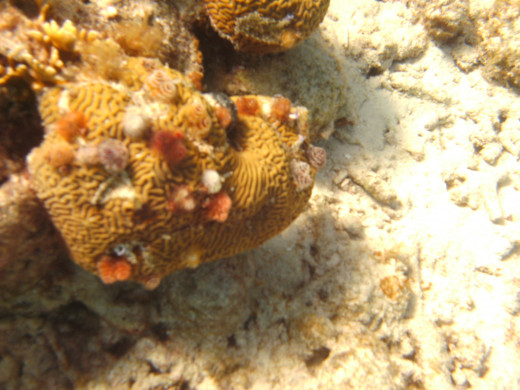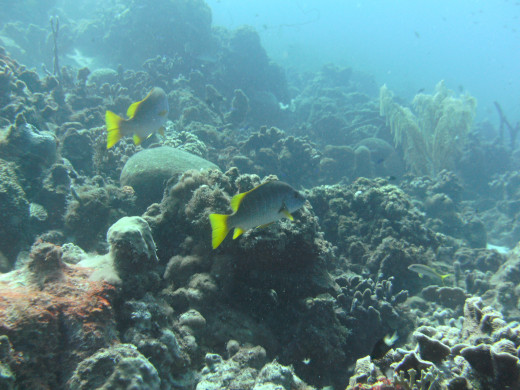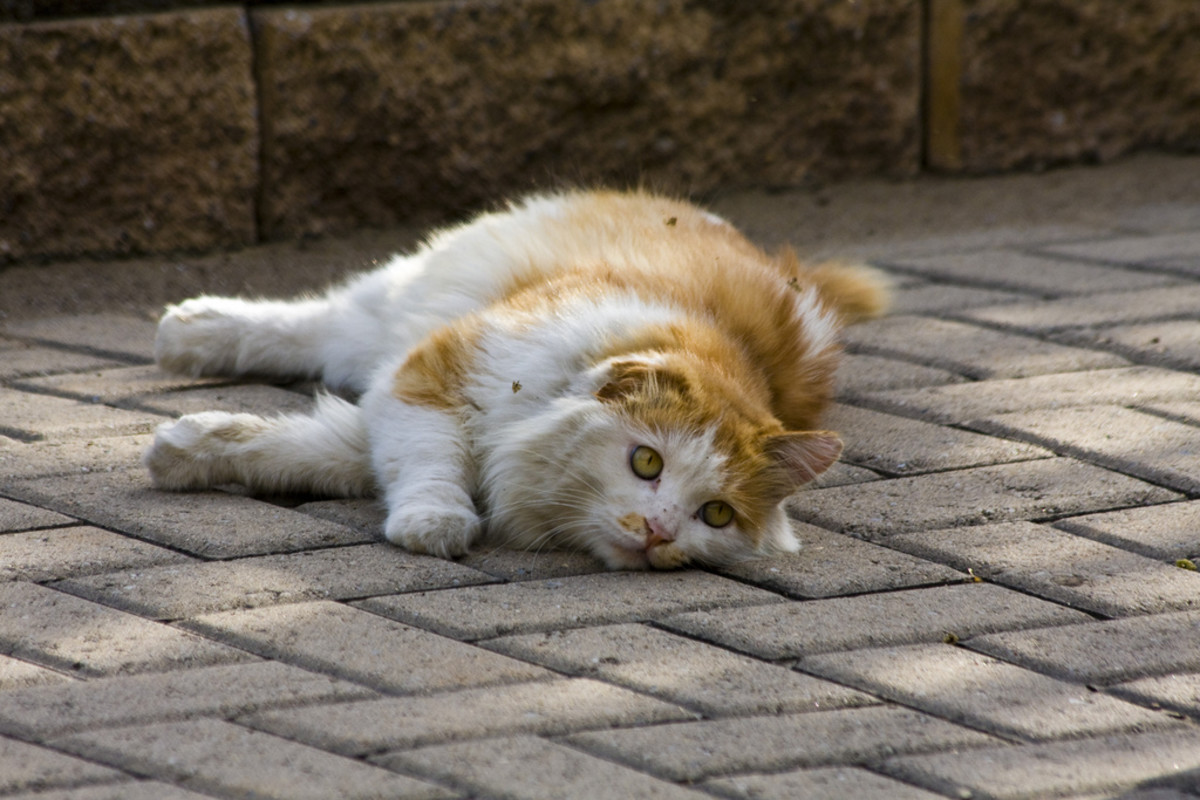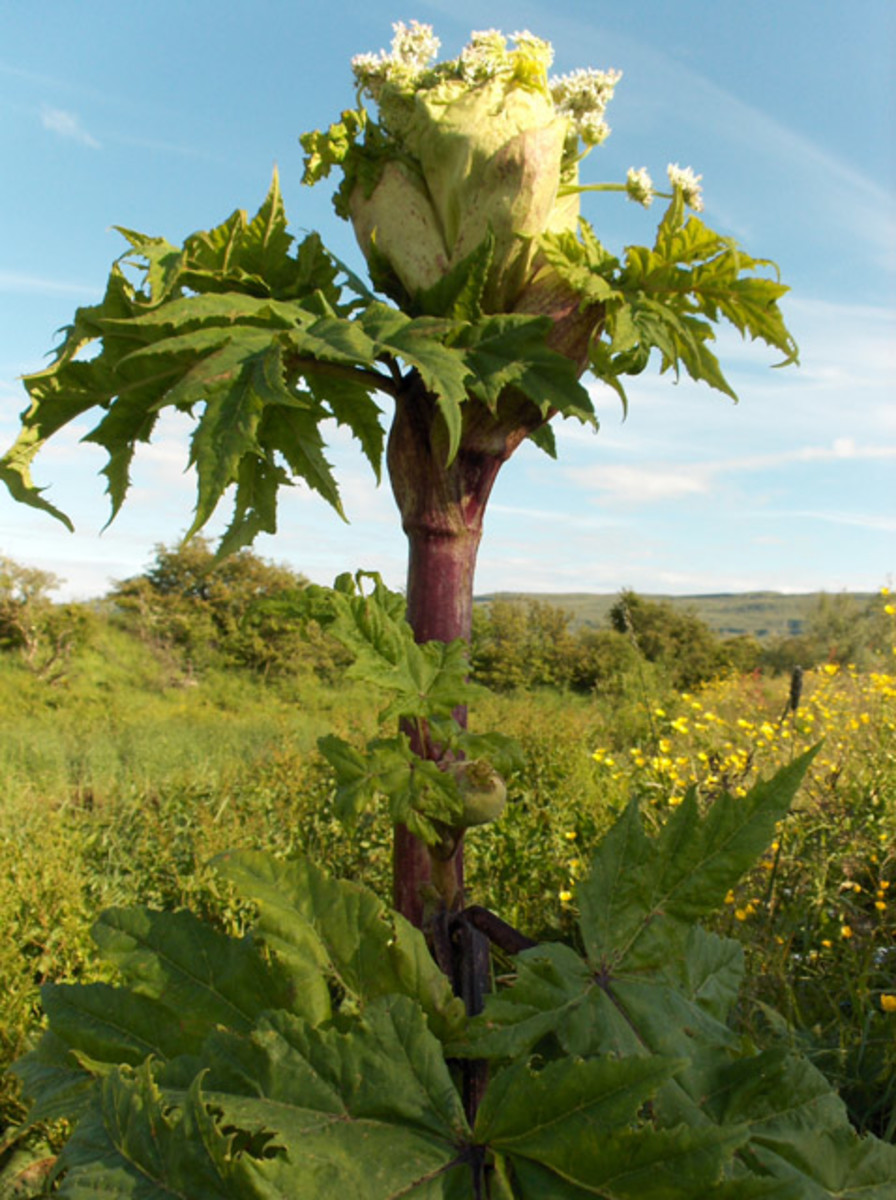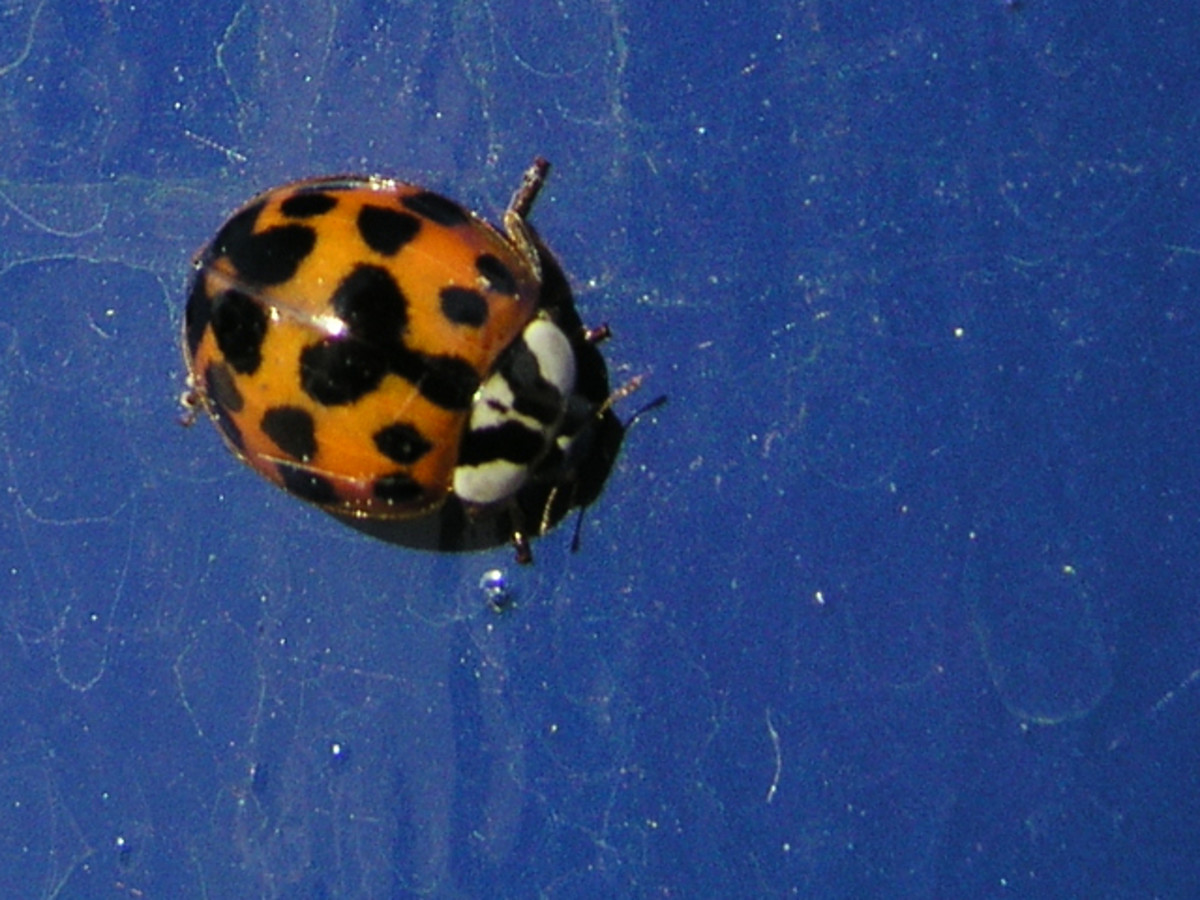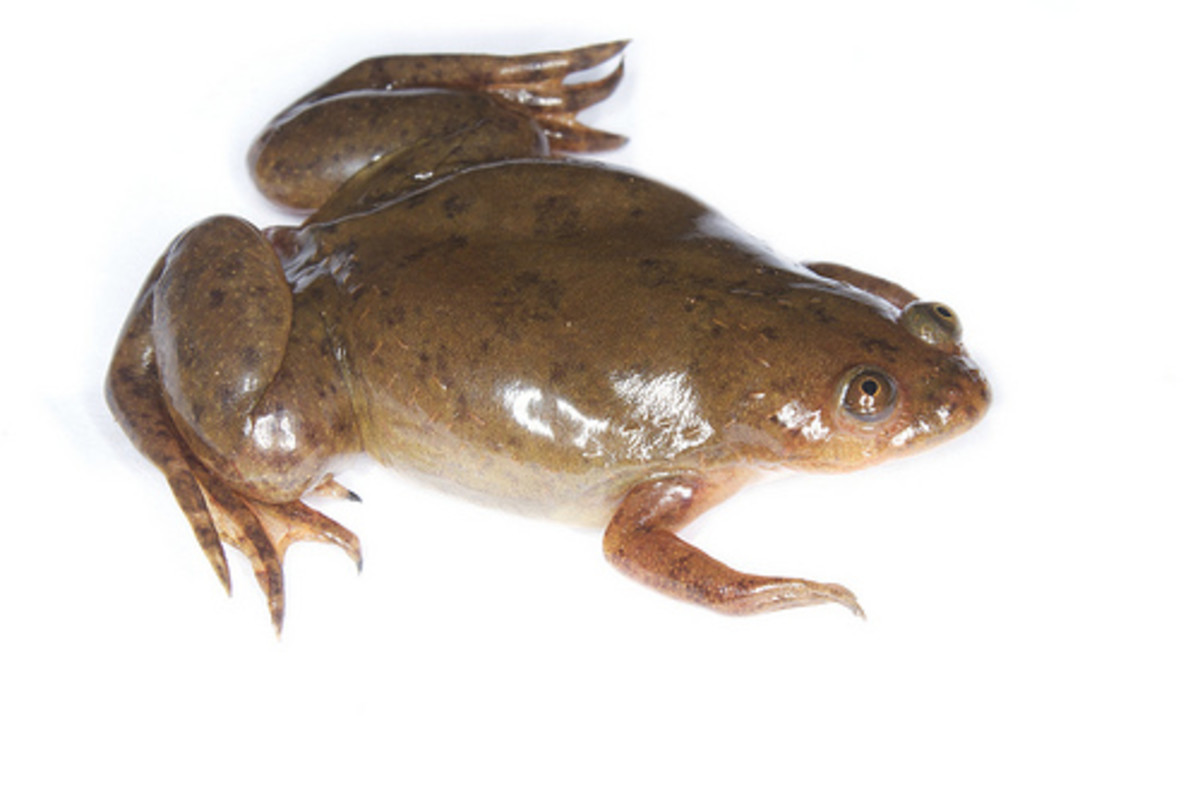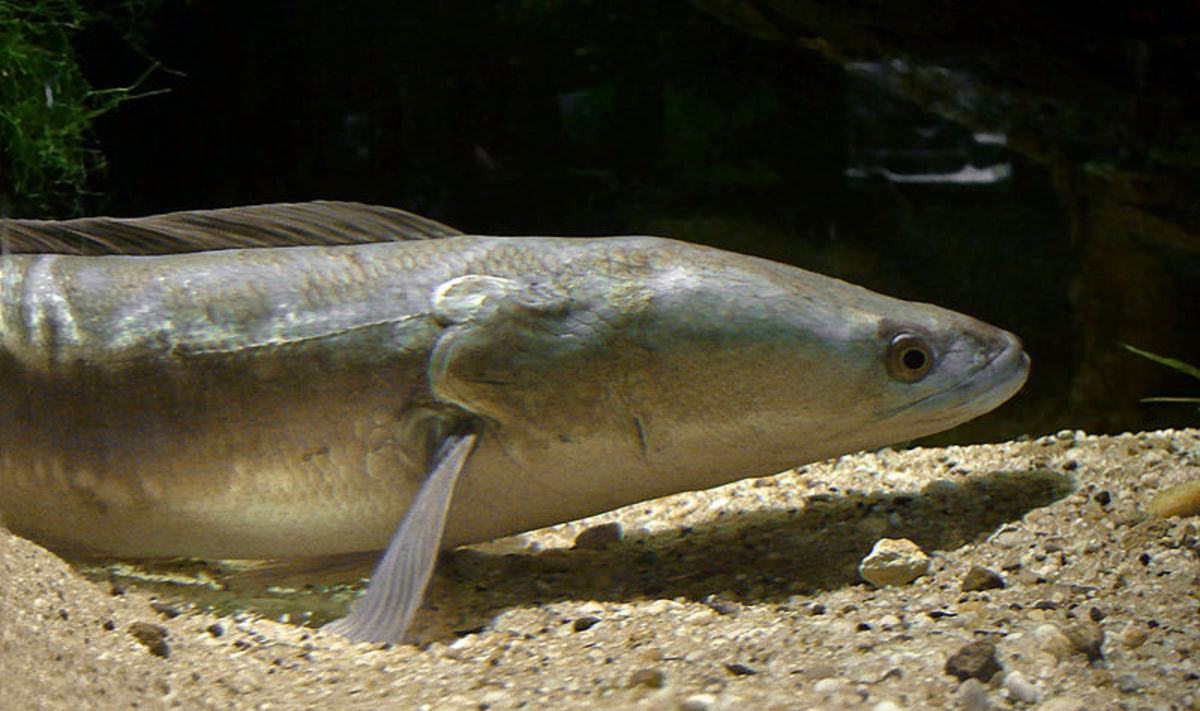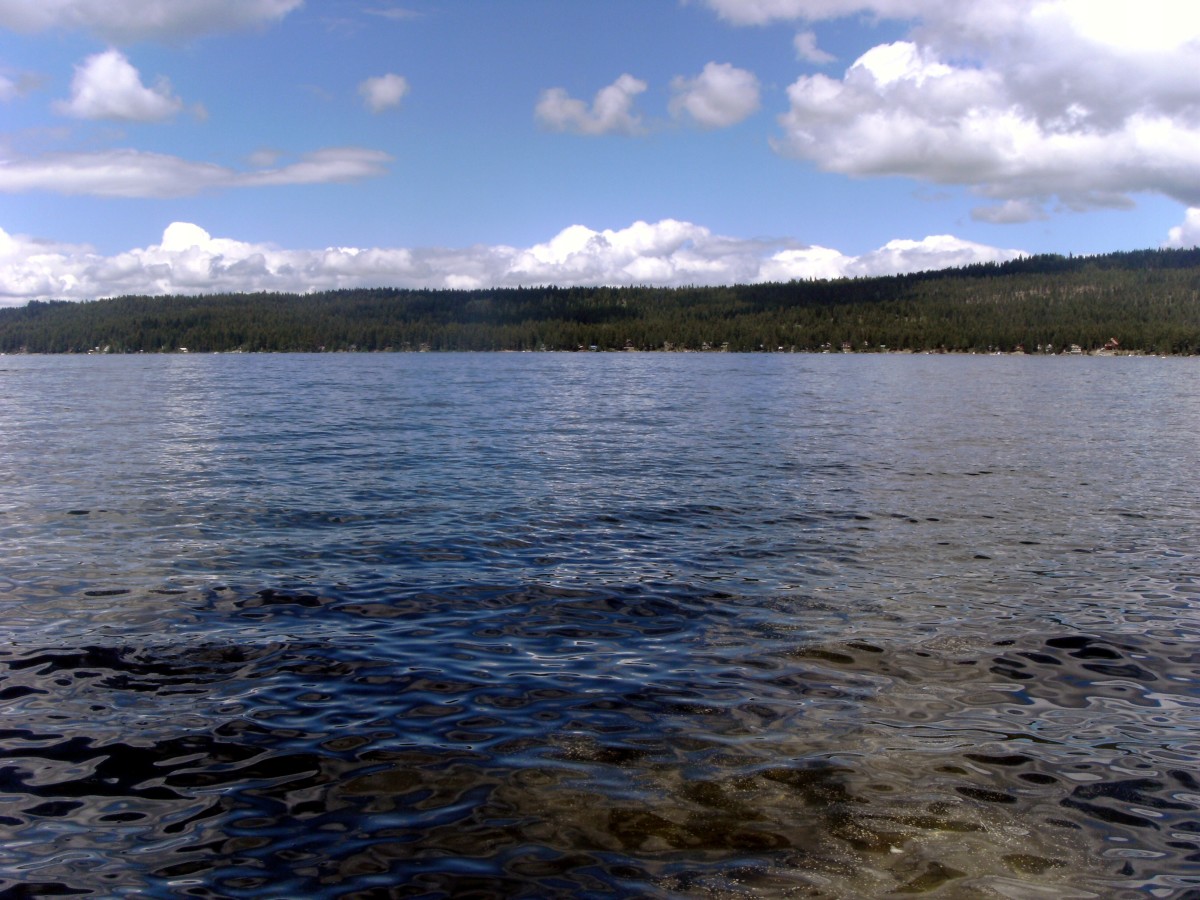Stop Invasive Species by Eating Them?
Waters Surrounding Florida, Bahamas and Caribbean Threatened
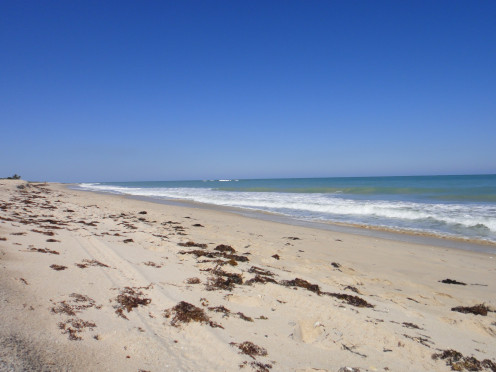

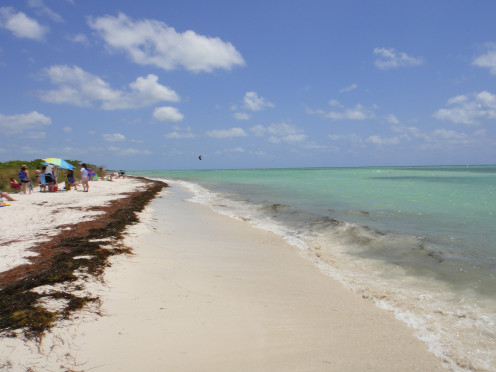
IMPORTANT DISCLAIMER
Do NOT eat any plant, fish or animal UNLESS you are certain of what you are doing and can identify them properly and you know exactly how to handle and prepare them!!!!!!
Grass Carp

Invasive Species
Invasive species are all around us--near our homes, places of business, park and recreational areas, and lakes, rivers, and oceans as well as all the many spots we love to vacation. These species include plants and animals and microbes invisible to the human eye. They not only only impact eco-systems but also can wreak economic havoc.
Unfortunately, our own human interaction and involvment with the environment is the primary cause of the problem of invasive species. Sometimes nonnative animals or plants are imported to combat a certain issue and subsequently, cause a new and even bigger problem.
For example, asian carp were originally imported from Southeast Asia to the Mid-West region of the United States to help wastewater treatment plants keep retention ponds clean.Flooding allowed these fish to escape into the Mississippi River system. According to the USDA, these fish were originially introduced in the 1960's and 1970's.
Protect our Marine Eco-Systems so All Can Enjoy!
Click thumbnail to view full-size






What to do about Invasive Animals and Plants?
Many discussions and initiatives are taking place within federal, state and local agencies, community groups, environmental organizations, and by concernced citizens. One new idea has started to get some exposure: how about creating a desire for consumers to EAT the edible invasive species?
For example, three chefs in Miami, Florida recently had a cook-off competition. Python, wild board, and lion fish were the featured ingredients! Todd Erickson, executive chef of Haven Gastro-Lounge; Bradley Herron, chef de cuisine of Michael's Genuine Food & Drink; and Timon Balloo, executive chef of Sugarcane Raw Bar Grill, all competed. They wanted to raise awareness about these animals as well as do a fundraiser on behalf of Fertile Earth Foundation. (see http://www.miamiherald.com/2012/06/22/2864011_python-for-dinner-3-top-local.html)
Just imagine, you can be an adventurous eater without traveling too far from home--all while protecting and helping your environment!
How to Fillet a Lionfish
Be careful!
The venom in Lionfish's spines remains venomous for at least one hour after it has died, so be extremely careful when handling and preparing to eat! Once the spines have been removed, it can be prepared like any other fish -- grilled, baked or jerked!
Lionfish Cookbook
Interested in Eating Other Invasives??
- Eat The Invaders — Fighting Invasive Species, One Bite At A Time!
Fighting Invasive Species, One Bite At A Time!
European Gypsy Moth
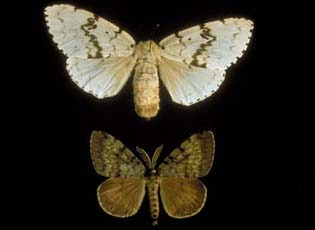
Burmese Python
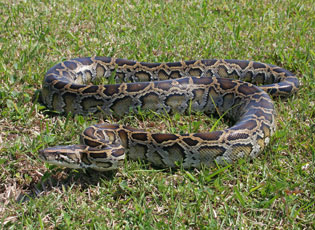
Top Invasive Animals in the United States
Invasive Animals include:
- Africanized Honeybee
- Asian Citrus Psyllid
- Asian Long-Horned Beetle
- Asian Tiger Mosquito
- Brown Marmorated Stink Bug
- Cactus Moth
- Chilli Thrips
- Citrus Longhorned Beetle
- Common Pine Shoot Beetle
- Emerald Ash Borer
- European Gypsy Moth
- European Spruce Bark Beetle
- Formosan Subterranean Termite
- Giant African Snail
- Glassy-Winged Sharpshooter
- Hemlock Wooly Adelgid
- Light Brown Apple Moth
- Mediterranean Fruit Fly
- Pink Bollworm
- Pink Hibiscus Mealybug
- Red Imported Fire Ant
- Russian Wheat Aphid
- Silverleaf Whitefly
- Sirex Woodwasp
- Soybean Cyst Nematode
- Burmese Python
- Brown Tree Snake
- Cane Toad
- European Starling
- Wild Boar
Brazilian Waterweed

Lionfish
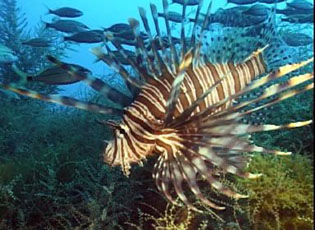
Nutria

Top Invasive Aquatic Species in the United States
Invasive Aquatic Plants include:
- Alligatorweed
- Brazilian Waterweed
- Caulerpa, Mediterranean Clone
- Common Reed
- Curly Pondweed
- Didymo
- Eurasian Watermilfoil
- Giant Reed
- Giant Salvinia
- Hydrilla
- Melaleuca
- Purple Loosestrife
- Water Chestnut
- Water Hyacinth
- Water Lettuce
- Water Spinach
Invasive Aquatic Animals include:
- lewife
- Asian carps
- Asian Clam
- Asian Shore Crab
- Asian Swamp Eel
- Bullfrog
- Chinese Mitten Crab
- Clubbed Tunicate
- Eurasian Ruffe
- European Green Crab
- Flathead Catfish
- Lionfish
- Northern Snakehead
- New Zealand Mud Snail
- Nutria
- Quagga Mussel
- Round Goby
- Rusty Crayfish
- Sea Lamprey
- Sea Squirt
- Spiny Water Flea
- White Spotted Jellyfish
- Zebra Mussel
Lionfish
U.S. Geologic Survey on Lionfish
- lionfish - Point map
Nonindigenous Aquatic Species Point Map - lionfish
National Invasive Species Information Center
- National Invasive Species Information Center
Invasivespeciesinfo.gov -- Reference gateway to invasive species information; covering Federal, State, local, and international sources.


